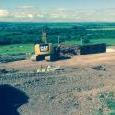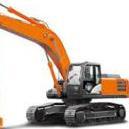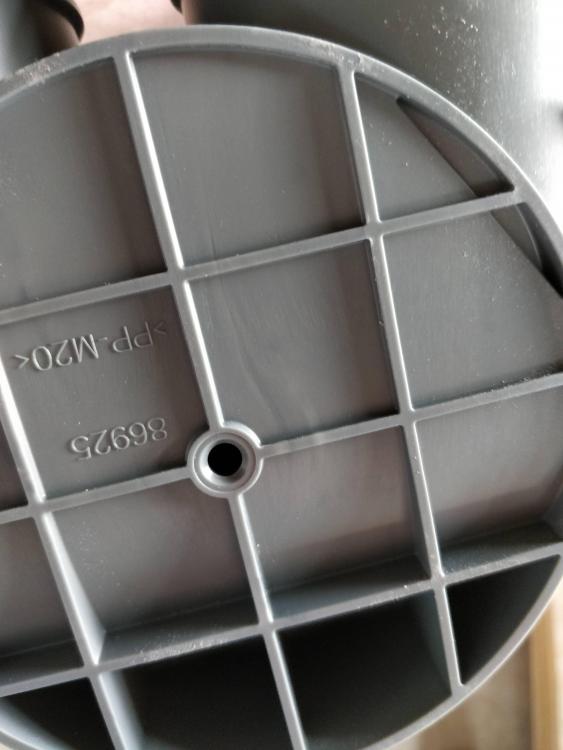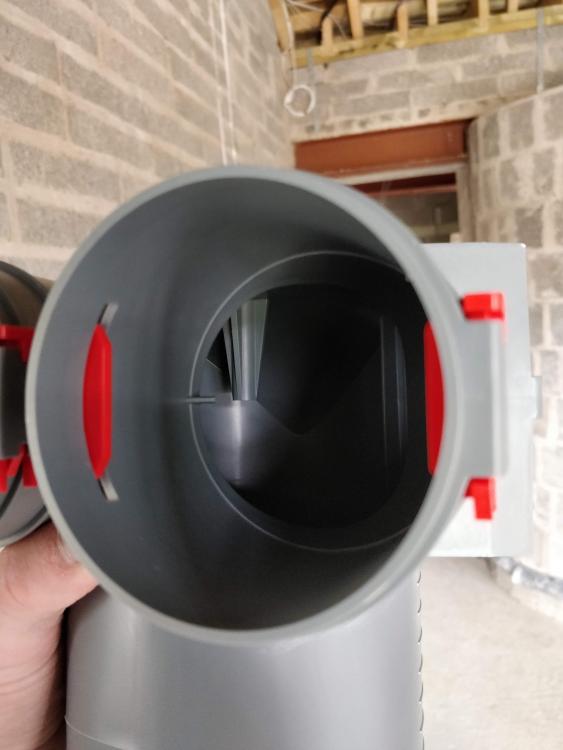Search the Community
Showing results for tags 'humidity'.
-
The question is simple, are some makes and models of ASHP more prone to frequent defrost cycles. I have had an ASHP (Daikin Altherma 7kW) fitted in October last year and it works well until you get the -2 to +5 temperatures with high humidity - recently humidity has been in the high 90s. Under the above conditions the unit was going into a defrost cycle every 25 minutes even at 9pm with an outside temperature of +2.5C. The interval between cycles is so little that the unit struggles to get to 35C before the next defrost. Essentially the average temperature is around 27C which doesn't make any impression on heating the house. As I have a mixture of UFH and rads the LWT is set to 45C. Hence the question are some units more prone to icing or are some units more prone that others.
-
I'm renovating an old cottage with ragstone dividing wall to next house. There's no evident damp or humidity problem. The walls are built with lime mortar joints and what's close to mud internally (?) I'm thinking of lining the internal kitchen wall with OSB so that I have better fixing for wall cupboards. Any advice welcome - should I put a vapour barrier behind.
- 2 replies
-
- kitchen
- plastering
-
(and 1 more)
Tagged with:
-
Hi all We live in an old stone built house, which was renovated/insulated in 2005. At the start of this year we had our internal upper floor ceilings (no loft) torn down, and 50mm celotex installed (gaps between rafters sealed with expanding foam) then reboarded and plastered. We also had about 5 new velux windows added and most internal walls skimmed. A month ago downstairs we had the horrible plastic karndean pulled up and limestone tiles laid (with UFH + 25mm XPS insulation below). The concrete floor has a DPM and was dry to touch. Previously our humidity levels were about 60-65% (expected to be a big higher as old house, no DPC). We'e noticed since about April (roughly when the ceiling work was finished) that our humidity levels have been above 70-75% on many days. I'm fully aware that adding insulation/increasing air tightness can increase humidity, but seeing as this house is probably fairly leaky, I didn't expect much of a shift when we did this. We've also added more ventilation from the velux vents. We have 3 decent DMEV trickle extractors which are running on boost mode 24/7 at the moment as the higher humidity levels are setting them off. As its summer, we often have the velux open (the velux are only even closed to 'ventilate' mode at worst, and often open all day). As it's been quite wet here (North West UK) with the humidity levels outside often 80%+ I'm hoping this is just due to inside/outside temperatures being the same (or often lower inside due to the stone keeping it cool) and so the internal humidity being the same (or more) as outside Do you think it could be the weather currently, or think we've created an issue with the work we've had done?
-
I’m looking to control the losnay MVHR system with some wireless humidity switches - similar to wireless temperature sensors. Does anyone know of any good ones? R ed
-
I am not fitting boost switches for my mvhr as the wife and kids will simply not use them and was going to depend solely on the humidity sensor within the unit. On speaking with BPC they inferred that for longer runs ie over 2m not to rely on the in-built sensor as ideally you would want boost before that. Bathroom will be fine as it is more or less below the manifolds, en-suites are further away and I was thinking of using the room sensors but not sure if this is ideal as it will boost unnecessarily, I know others have done this. The only other option I can think of is to use humidity sensors remote from the unit/manifold possibly mounted in the ceiling plenum in some way. Would the dhc-100 that @JSHarris used be suitable for this, though the sensor looks quite big? There is a round bit on the top of the plenum looks like it could be drilled out to take a small sensor fixed in place.





